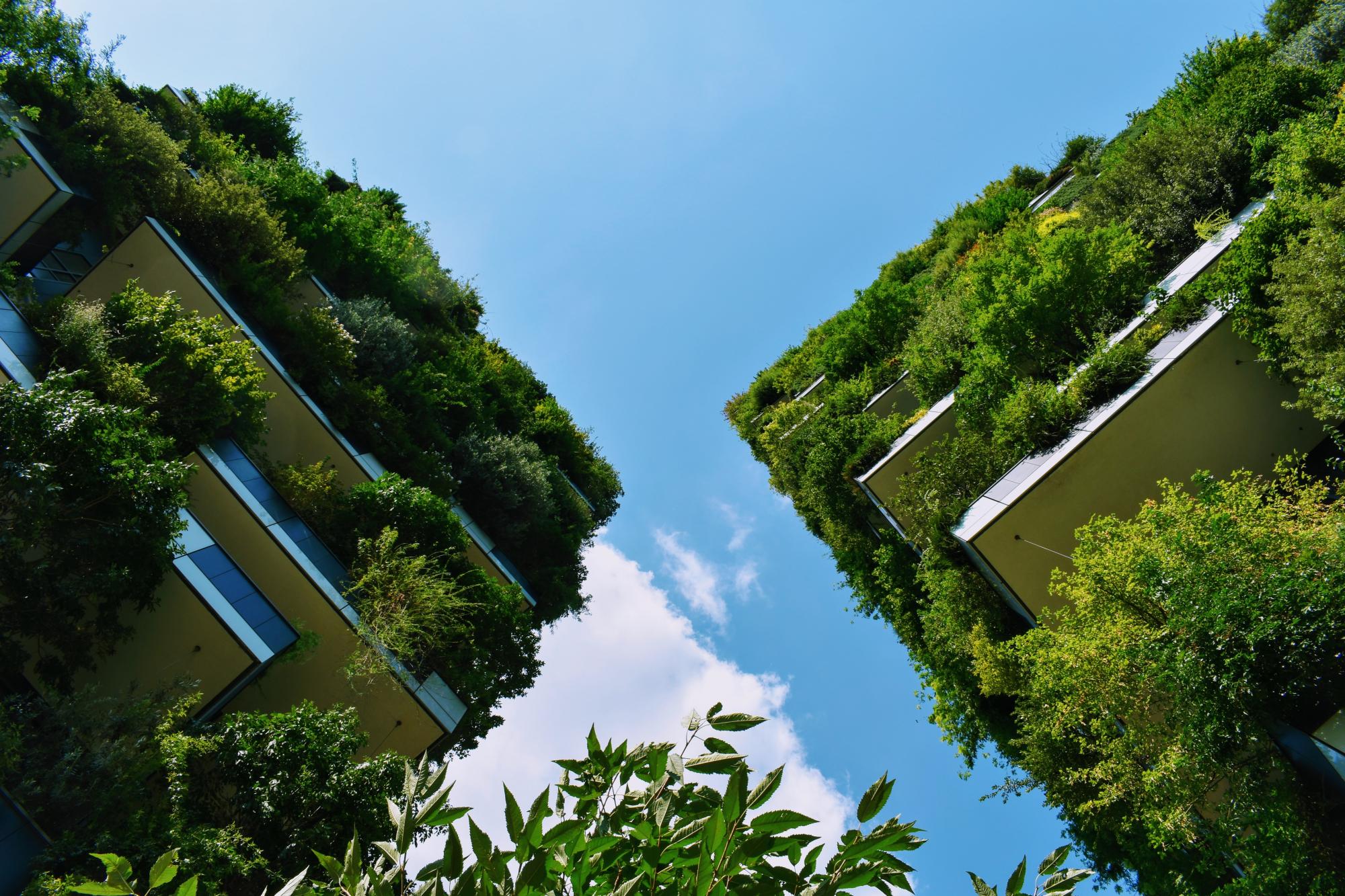With the progressive monopolization of the seed trade and the industrial cultivation of hybrid varieties as well as the restrictive seed legislation, the cultivation of old crops has steadily declined and about 90 per cent of the old crops have been lost. This initiative aimed to reverse the trend by the cultivation of old crops, dissemination of their seeds among farmers and educational workshops to protect and increase their biodiversity. The project involved the building of the propagation garden on an approximately 4500 square meter area in Ricklingen. This project started in 2013 and it involves interested residents, cooperating with Transition Town Hannover (TTH). The city of Hanover supported the initiative by providing the property and financial aid for the construction of the garden. The project has been provided with professional network from BUND (Kreisgruppe Region Han­nover), the School Biology Center, the VEN (Association for the Conservation of Crop Diversity eV) and Leibniz University, Institute of Horticultural Production Systems and the Chamber of Agriculture In 2014, the basic restoration work on the property was completed. (Reference 1, 5). Frame beds were installed in 2016 while a garden house was built in 2017. The project was funded by the City of Hannover until 2017 but it continues until the present with the help of volunteers (Reference 9).
Overview
Nature-based solution
- Community gardens and allotments
- Allotments
- Other
Key challenges
- Climate action for adaptation, resilience and mitigation (SDG 13)
- Climate change adaptation
- Green space, habitats and biodiversity (SDG 15)
- Habitat and biodiversity conservation
- Green space creation and/or management
- Inclusive and effective governance (SDG 16)
- Inclusive governance
- Effective management
- Social justice, cohesion and equity (SDG 10)
- Social cohesion
- Social interaction
- Health and well-being (SDG 3)
- Enabling opportunities for physical activity
- Creation of opportunities for recreation
- Economic development and employment (SDG 8)
- Economic development: agriculture
- Employment/job creation
- Cultural heritage and cultural diversity
- Preservation of natural heritage
- Promotion of cultural diversity
- Preservation of historic traditions
- Sustainable consumption and production (SDG 12)
- Sustainable consumption
- Sustainable production
Focus
Project objectives
Implementation activities
Climate-focused activities
Climate change adaptation:
- Increase the use of climate-resilient plant species (resistant to drought, fire, and pests)
Biodiversity conservation or restoration-focused activities
Biodiversity conservation:
- Protect and enhance urban habitats
- Create new habitats
- Protect species
- Undertake specific measures to protect species
- Undertake specific measures to protect endangered species
- Undertake specific measures to protect valued species
- Means for conservation governance
- Manage biological resources for conservation and sustainable use
- Raise public awareness
- Public engagement
- Create and use scientific knowledge for conservation
- Capacity building
- Protect and apply traditional knowledge and conservation practices
Main beneficiaries
- Citizens or community groups
- Food producers and cultivators (i.e. farmers, gardeners)
Governance
Management set-up
- Led by non-government actors
Type of initiating organisation
- Citizens or community group
Participatory approaches/ community involvement
- Co-planning (e.g. stakeholder workshops, focus groups, participatory mapping)
- Crowd-sourcing/Crowd-funding/Participatory budget
- Dissemination of information and education
- Consultation (e.g. workshop, surveys, community meetings, town halls)
- Joint implementation (e.g. tree planting)
- Co-management/Joint management
Details on the roles of the organisations involved in the project
Project implemented in response to ...
Financing
Total cost
Source(s) of funding
- Public local authority budget
- Other
Type of funding
- Direct funding (grants, subsidies, or self-financed projects by private entities)
- Donations
Non-financial contribution
- Provision of land
- Provision of goods
- Provision of labour
- Provision of expertise
- Citizens (e.g. volunteering)
- Other
Impacts and Monitoring
Environmental impacts
- Green space and habitat
- Increased green space area
- Reduced biodiversity loss
- Increased number of species present
- Enhanced support of pollination
- Restoration of derelict areas
Economic impacts
- Increase of green jobs (e.g. paid employment positions)
- Increase in agricultural production (for profit or not)
- Generation of income from NBS
Socio-cultural impacts
- Social justice and cohesion
- Improved social cohesion
- Improved access to urban green space
- Increased opportunities for social interaction
- Increased involvement of locals in the management of green spaces
- Increased access to healthy/affordable food
- Increased sustainability of agriculture practices
- Health and wellbeing
- Gain in activities for recreation and exercise
- Cultural heritage and sense of place
- Improvement in people’s connection to nature
- Increased awareness of flora and fauna as culturally and historically meaningful
- Education
- Increased support for education and scientific research
- Increased knowledge of locals about local nature
- Increased awareness of NBS and their benefits
Type of reported impacts
Presence of formal monitoring system
Presence of indicators used in reporting
Presence of monitoring/ evaluation reports
Availability of a web-based monitoring tool
References
2. Kornelia Stock. (2015). Propagation garden Hanover - why we exist? What do we want to achieve?' (). Available at: Source link. Accessed 14 July 2020.
3. Source link. '"More Nature in the City" continues' ('"Mehr Natur in der Stadt" wird fortgesetzt'). Available at: Source link. Accessed 14 July 2020.
4. VEN. (2015). Ricklingen Aktuell provides information about the propagation garden. Available at: Source link. Accessed 14 July 2020.
5. VEN. (no date). Garden. Available at: Source link. Accessed 14 July 2020.
6. Kornelia Stock.. (2015) More nature in the city - the propagation garden is one of them. Available at: Source link. Accessed 14 July 2020.
7. VEN. (no date). Variety of useful plants: lively, ecological, independent. Available at: Source link. Accessed 14 July 2020.
8. Kornelia Stock. (2015). Preliminary balance sheet for the first half of 2015. Available at: Source link. Accessed 14 July 2020.
9. Kornelia Stock. (2015). Looking back on a full, rich year. Available at: Source link. Accessed 14 July 2020.
10. Kornelia Stock. (2020). The propagation garden is reorganized. Available at: Source link. Accessed 14 July 2020.
